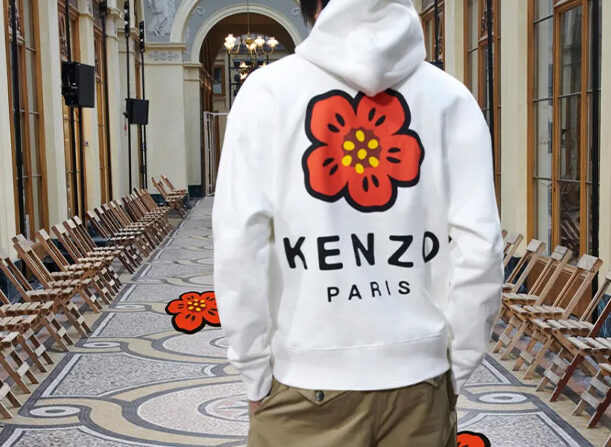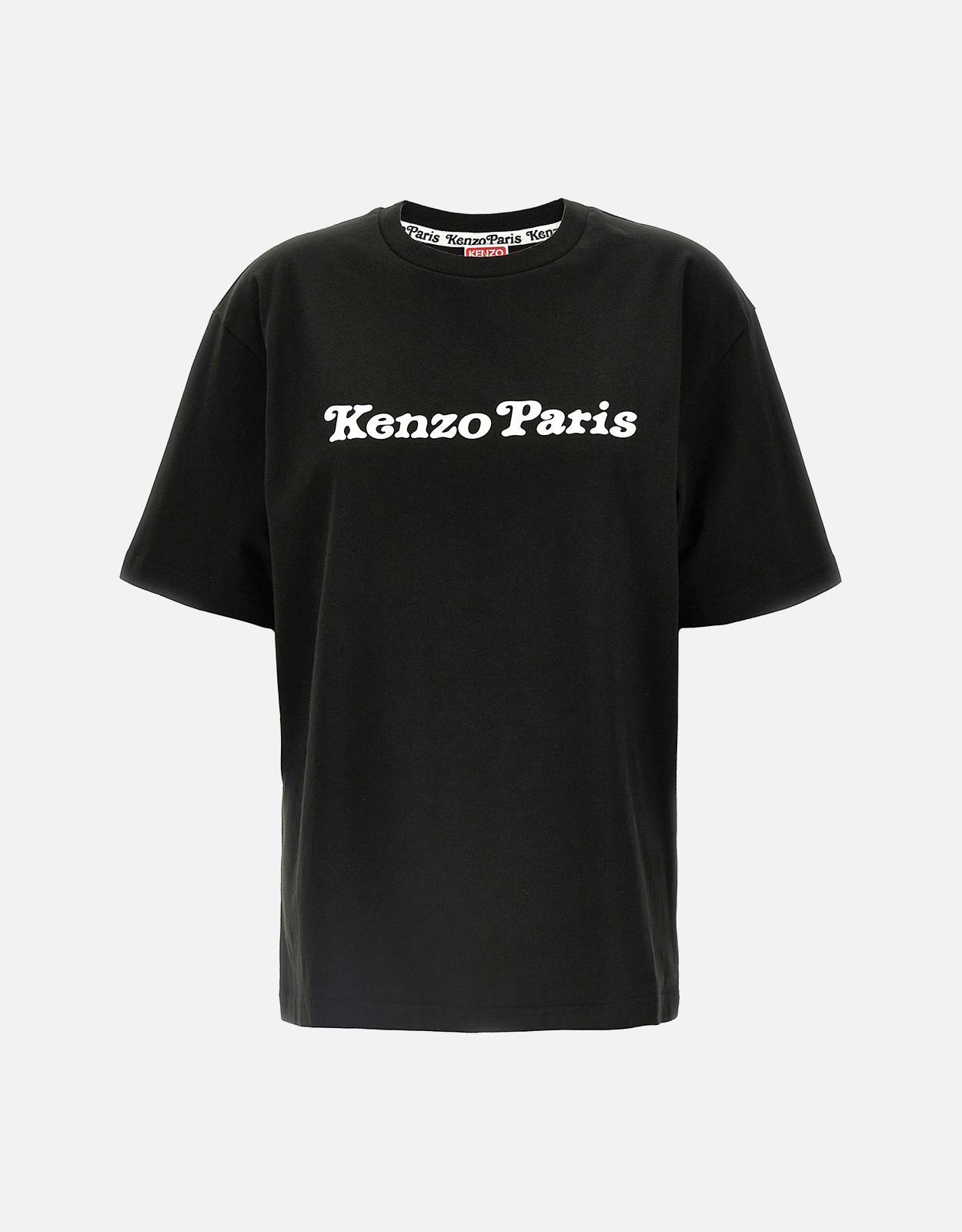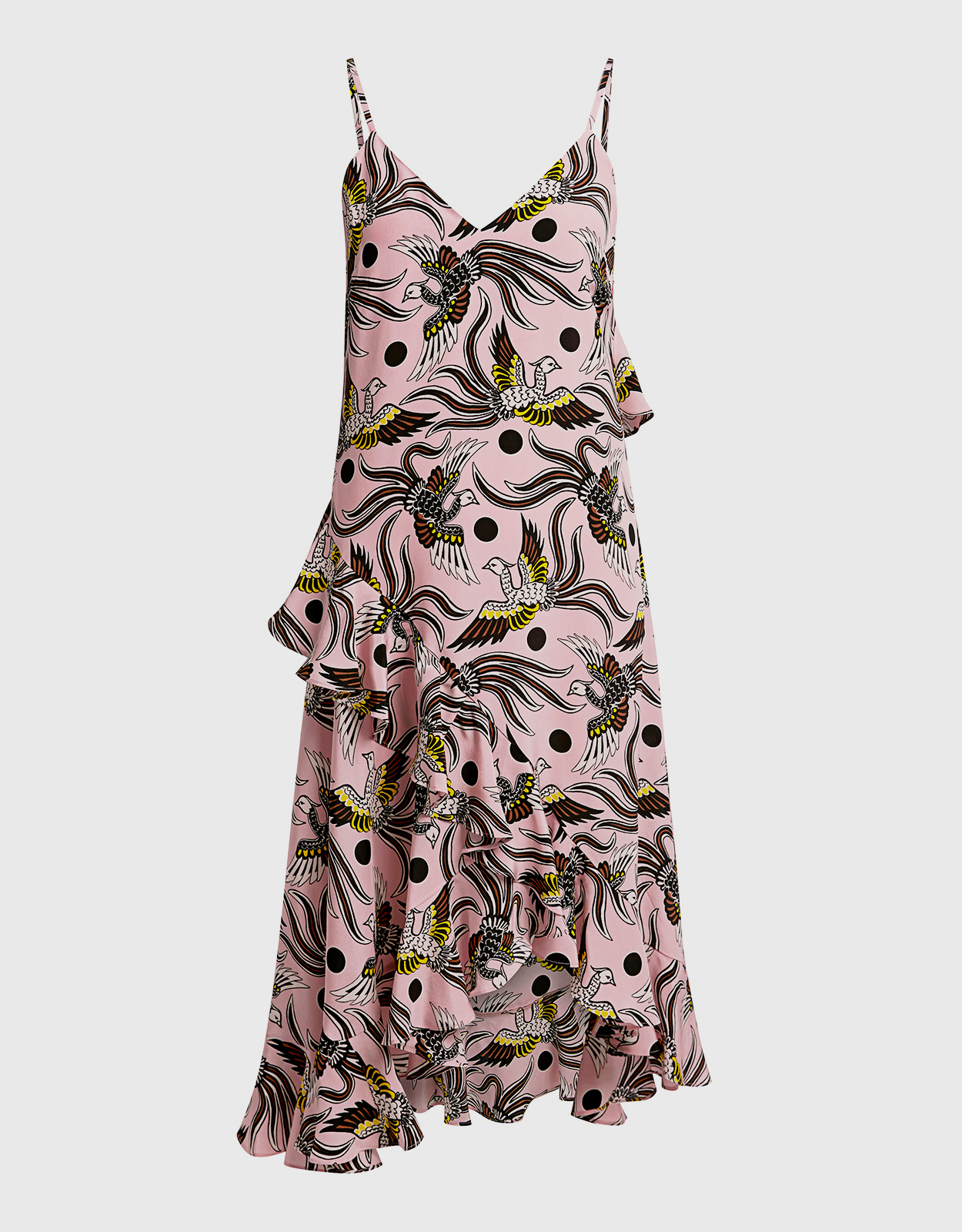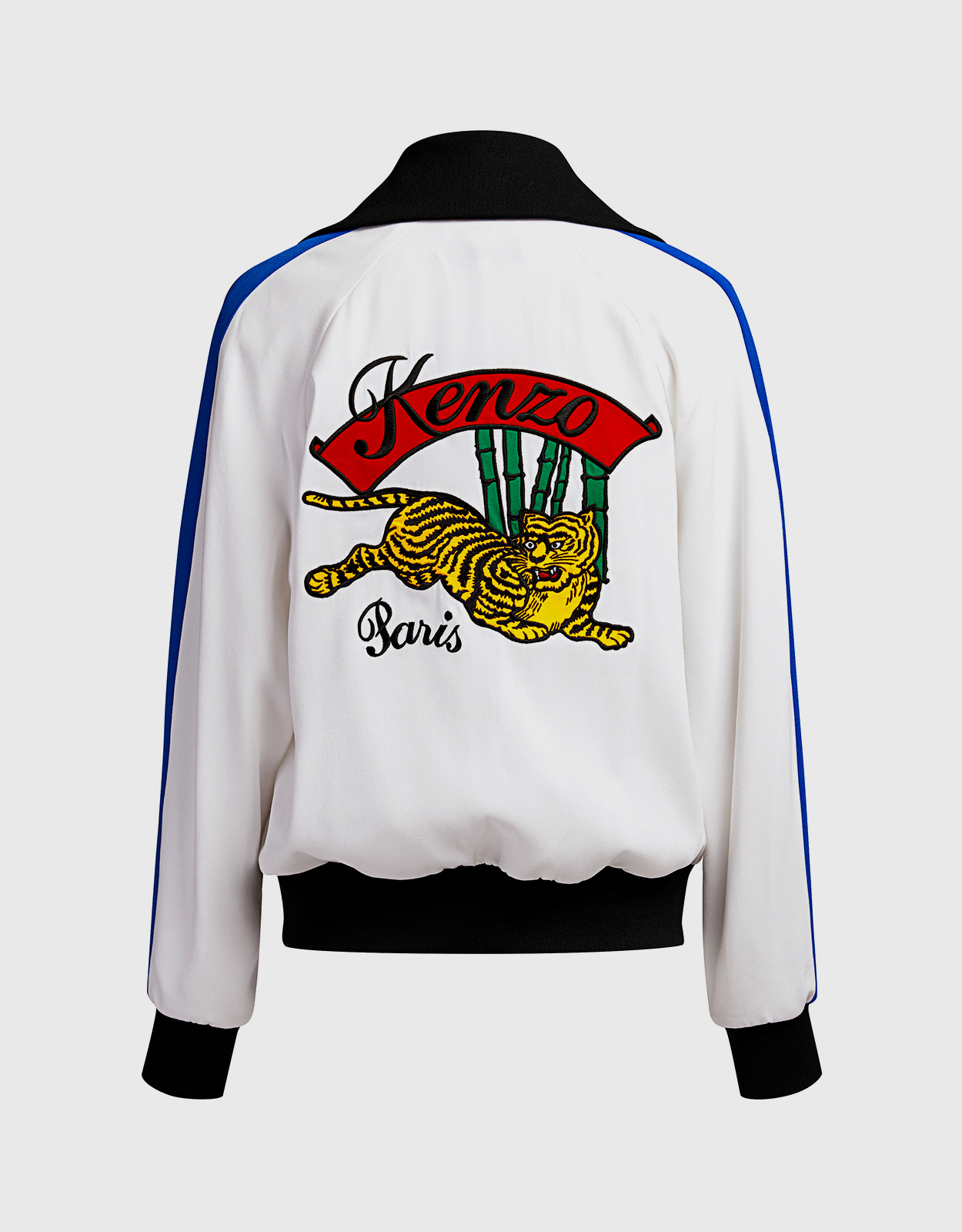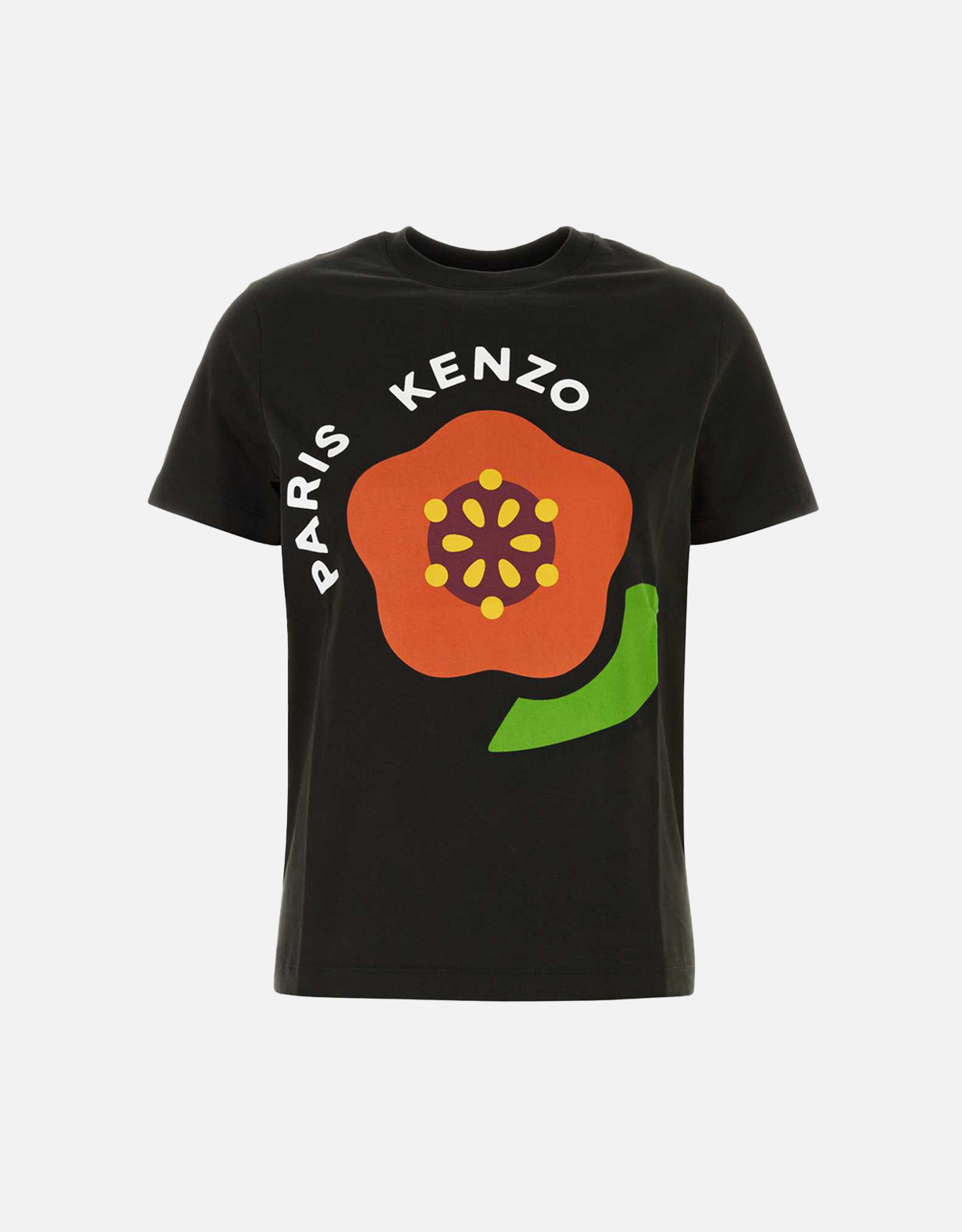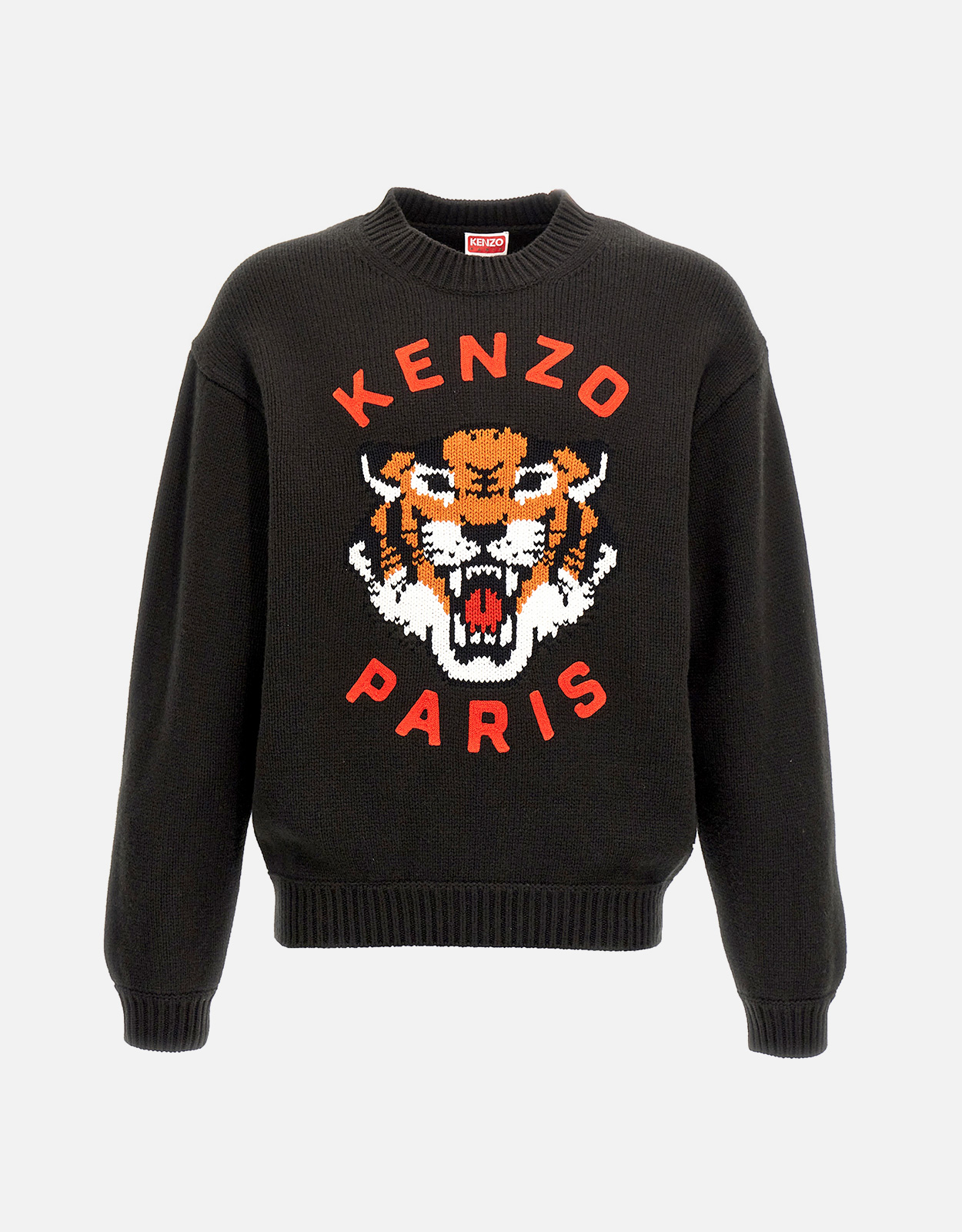This post is also available in:  English
English 繁體中文 (Chinese (Traditional))
繁體中文 (Chinese (Traditional))
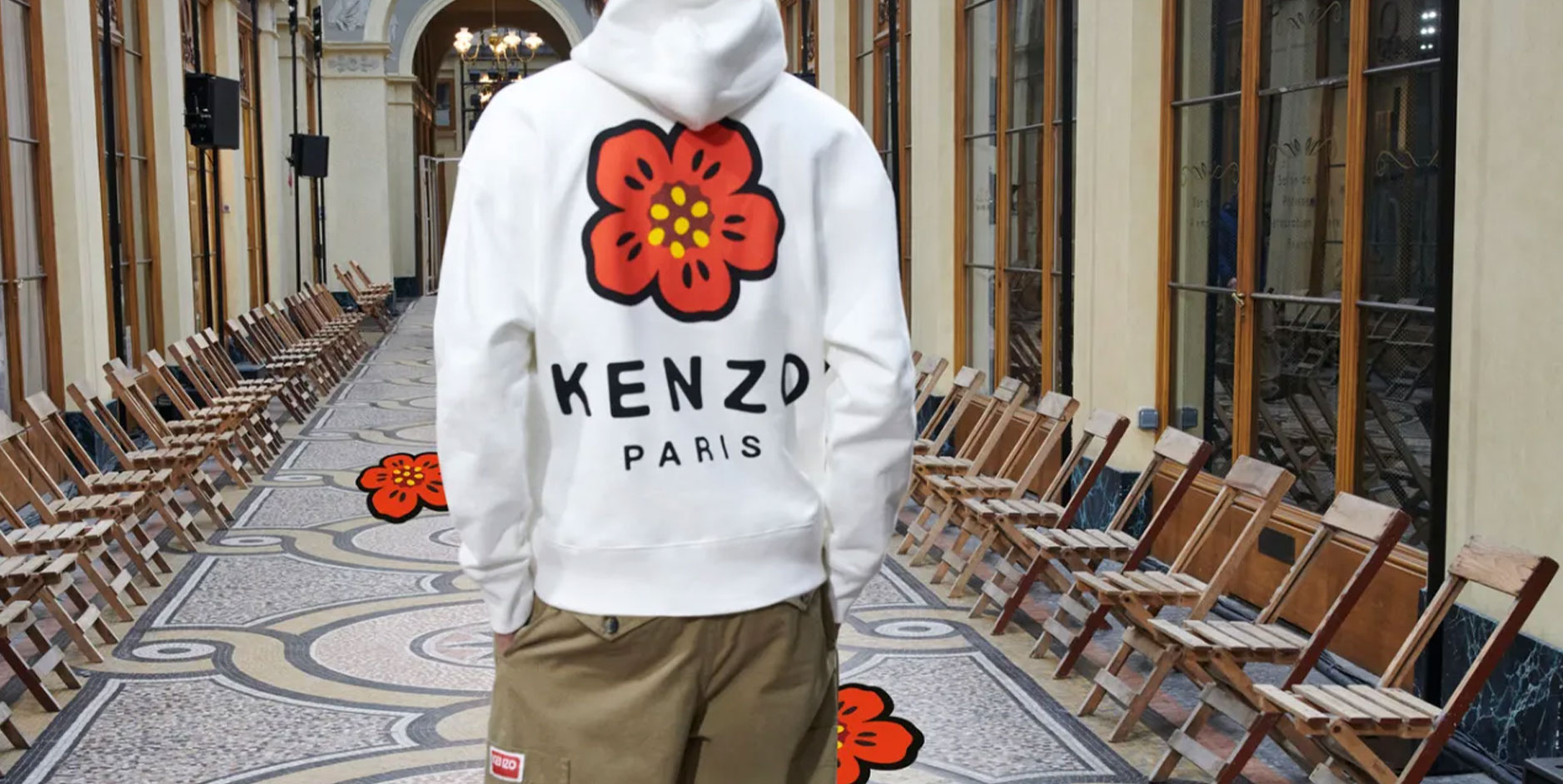
KENZO: The Wild Rebel Who Took Over Paris Fashion
FASHION / 2025-03-14
"I want my designs to bring people joy and happiness." — Kenzo Takada
When you hear the name KENZO, what comes to mind?
That legendary Tiger Sweatshirt that took over streetwear? Or the bold floral prints and exotic patterns that scream vibrancy?
Think again.KENZO is more than just a trendy brand—it’s a fashion revolution. A fearless, rule-breaking movement that changed how the world sees fashion. And it all started with one daring Japanese designer: Kenzo Takada.
This "fashion nomad" grew up flipping through his sister’s magazines, dreaming of a bigger world beyond Japan. Eventually, he made his way to Paris, rewriting the rules of haute couture. His trailblazing journey even paved the way for fellow Japanese design icons like Rei Kawakubo (Comme des Garçons), Yohji Yamamoto, and Issey Miyake.
So, how did a small-town boy with big dreams shake up the entire fashion industry? Let’s dive into the KENZO story.
KENZO’s Dream Voyage: A One-Way Ticket to Paris
Born in 1939 in Himeji, Japan, Kenzo Takada wasn’t exactly raised to be a designer. His parents wanted him to be a writer, but little Kenzo? He was busy secretly flipping through his sister’s fashion magazines, obsessed with fabrics, colors, and prints.
Back then, Japan was a pretty conservative place. Designing clothes? That was considered "women’s work." But Kenzo didn’t care. He broke barriers by becoming one of the first male students at Tokyo’s Bunka Fashion College, Japan’s top design school.
Not only did he get in, but he also crushed it—winning the prestigious Soen Award, Japan’s biggest fashion prize at the time. But Japan wasn’t enough for him. His eyes were set on Paris—the fashion capital of the world.
So, in 1964, with barely any money, he bought the cheapest boat ticket he could find and sailed for over a month to reach France. Sounds glamorous? It wasn’t. He lost all his design sketches at the port, spoke no French, and was basically broke. Welcome to Hard Mode Paris.
Jungle Jap: KENZO’s First Fashion Uprising
Fast forward a few years, and in 1970, Kenzo finally opened his first boutique in Paris. And he didn’t just open a store—he made a statement. He named it “Jungle Jap”.
Wait, what? Yes, "Jap" was actually a racial slur at the time, but Kenzo flipped the script. He took the insult and owned it, turning it into a declaration: “My culture is my pride!”
The store was an explosion of Kenzo’s world—hand-painted jungle murals inspired by his favorite artist, Henri Rousseau, tribal fabrics, crazy prints, and an energy that screamed "wild and free."
His designs? Unlike anything Paris had ever seen.
While Dior and Chanel were still all about structured, form-fitting silhouettes, Kenzo went the opposite way—loose, flowy, comfortable, and colorful. His rebellious, free-spirited aesthetic aligned perfectly with the hippie movement of the '70s, making KENZO the new must-have brand.
The Tiger Sweatshirt: A Streetwear Legend Is Born
Fast forward to the 2010s—KENZO was already a household name, but something was missing. Enter Humberto Leon & Carol Lim, the creative duo who took over in 2011.
They wanted to bring back the brand’s roots, so they went digging through the archives. That’s when they found an almost forgotten design element: the Tiger motif.
Where did the inspiration come from? It’s actually a sweet Japanese tradition—moms would sew tiny tiger patches inside their children’s clothes for good luck and protection. That little detail became the KENZO Tiger Sweatshirt, and the rest is history.
The second it dropped, it became an instant cult favorite. Celebs like Rihanna, Kanye West, and G-Dragon started rocking it, turning it into a streetwear icon. And here’s a fun fact: every version of the Tiger design is slightly different—right down to the number of teeth! That’s why fashion lovers go crazy collecting them.
Why Is KENZO So Unique?
1.Bold Prints & Crazy Color Clashes
KENZO’s secret sauce? Mixing prints that have no business working together—but somehow, they do. Think neon florals, tribal patterns, animal prints—all mashed up into one outfit, and it just works.
2.Genderless, Effortless Style
While the fashion industry was still obsessed with hourglass silhouettes and fitted suits, Kenzo was already making unisex, loose-fitting, comfy designs way before it became a trend. His influence can still be seen today in brands like Comme des Garçons and Yohji Yamamoto.
3.Fashion That Feels Fun, Not Intimidating
Kenzo once said: "Fashion should not be cold; it should be joyful and full of surprises!"
And that’s exactly what his designs are—clothes that make you feel happy just by wearing them.
The NIGO Era: KENZO 2.0 for the Next Generation
In 2021,KENZO welcomed a new creative mastermind—NIGO, the legendary Japanese streetwear king behind BAPE and Human Made.
Under NIGO’s vision, KENZO is getting a fresh new energy. He’s blending luxury fashion with street culture, revamping the Tiger motif, and introducing a sleek new logo. It’s classic KENZO, but reimagined for a whole new generation of fashion lovers.
Even though Kenzo Takada is no longer with us, his fearless, boundary-breaking spirit still lives on in every piece of KENZO clothing.
If you love bold prints, vibrant colors, and fashion that feels free, KENZO is your ultimate brand. It’s not just about looking good—it’s about feeling alive.
So, what’s your favorite KENZO piece? The legendary Tiger Sweatshirt, or the signature floral prints? Drop your KENZO story in the comments below!

